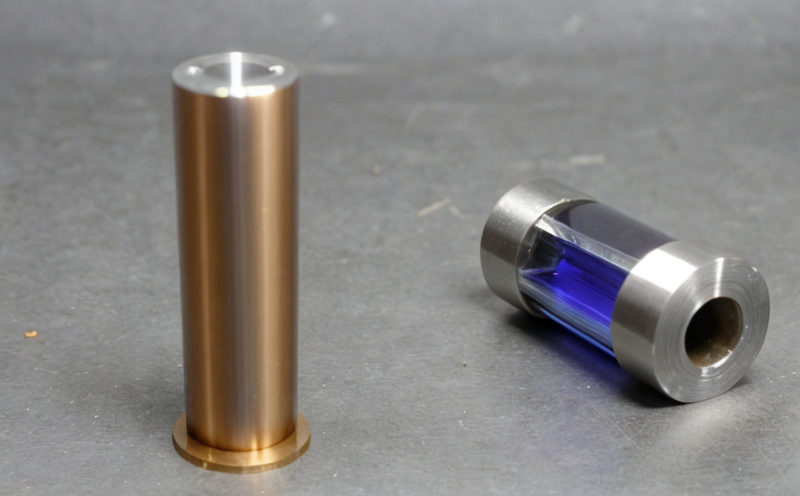ISO 15487 Knitted fabrics Determination of dimensional change
The determination of dimensional change in knitted fabrics is a critical aspect of quality assurance and compliance, particularly for industries that demand high precision in their products. This process ensures the integrity and performance of textiles across various sectors such as fashion apparel, home furnishings, and medical garments.
The ISO 15487 standard provides a method for determining the dimensional change in knitted fabrics after exposure to heat and moisture, which simulates real-world conditions that may affect fabric stability. The test involves placing specimens under controlled temperature and humidity conditions followed by washing, drying, and measuring changes in dimensions.
For accurate results, it is essential to prepare samples according to the standard's specifications. This includes cutting identical pieces of fabric, ensuring they meet the required thicknesses and weights, and marking them for later measurement. The specimens are then subjected to heat treatment followed by washing with detergents specific to the material type.
Once the tests are completed, precise measurements are taken using calibrated instruments. These measurements help determine whether the fabric meets industry standards regarding shrinkage rates. Compliance with these norms is crucial for maintaining product quality and consistency across production batches.
The equipment used in this testing procedure includes climate chambers capable of controlling temperature and humidity levels accurately within specified ranges, washing machines designed specifically for delicate fabrics like knits, and digital calipers for accurate dimensional measurements.
Understanding the implications of dimensional changes is vital for manufacturers who aim to produce durable yet flexible garments or textiles. By adhering strictly to ISO 15487 guidelines, companies can ensure their products maintain optimal fit and performance throughout wear and use.
This testing process not only enhances customer satisfaction but also contributes significantly to brand reputation by demonstrating commitment to quality control practices. It allows businesses to identify potential issues early on in the production cycle, thereby reducing costly rework or recalls later down the line.
Applied Standards
- ISO 15487:2016 – Determination of dimensional change in knitted fabrics after exposure to heat and moisture
The ISO standard ensures consistency across different laboratories worldwide, providing reliable data that can be used for comparative purposes. Compliance with this international standard is essential for textile manufacturers aiming to meet global market requirements.
Industry Applications
- Fashion Apparel: Ensuring garments maintain their shape and fit over time.
- Home Furnishings: Guaranteeing upholstery materials retain their original dimensions for longevity.
- Medical Garments: Verifying that surgical drapes or patient attire do not alter size significantly during use.
By applying ISO 15487, these industries can ensure their products meet stringent quality criteria, enhancing customer trust and satisfaction.
Environmental and Sustainability Contributions
Determining the dimensional stability of knitted fabrics helps reduce waste by ensuring that materials do not shrink excessively during manufacturing or consumer use. This contributes positively to environmental sustainability efforts, as it minimizes resource consumption needed for replacement products.
In addition, accurate testing aids in optimizing production processes, leading to reduced energy and water usage associated with reprocessing materials due to dimensional discrepancies. This aligns well with broader corporate social responsibility goals related to sustainable practices within the textile industry.





